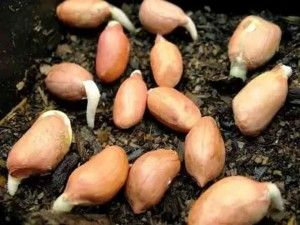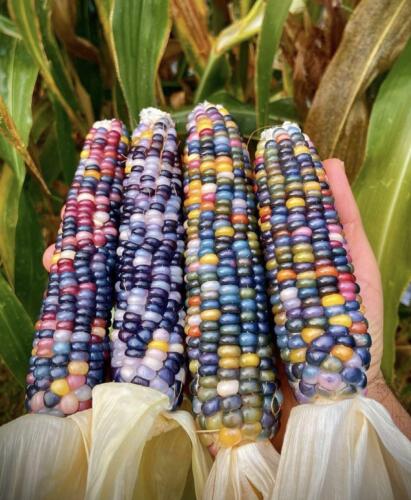Peanuts, alternatively called groundnuts or goobers in certain areas, enjoy a revered position as a widely consumed legume worldwide. These small, oblong nuts are famous for their unique taste and their capacity to elevate the flavors of both savory and sweet recipes. Let's embark on a captivating journey through the realm of peanuts, delving into their intriguing historical background, cultivation techniques, healthful advantages, and versatile uses in various culinary creations.
A Storied Past: Peanuts boast a captivating history dating back thousands of years. Indigenous to South America, they were cultivated by native populations long before the arrival of Europeans. Spanish explorers encountered peanuts during their New World travels and introduced them to Europe. Over time, peanuts spread across Africa, Asia, and beyond, becoming an essential crop in many countries and a key ingredient in various cuisines.
Cultivation: Peanuts have a unique growth pattern, thriving underground as their flower stalks elongate and push the developing pods beneath the soil. This distinctive growth method earned them the moniker “groundnut.” The plant flourishes in warm climates and requires well-drained soil, commonly cultivated in tropical and subtropical regions. Top producers include the United States, China, and India.
Nutritional Benefits: Peanuts are a nutritious addition to your diet, offering a rich source of protein, healthy fats, vitamins, and minerals. Particularly abundant in monounsaturated fats associated with heart health, peanuts also provide antioxidants such as resveratrol, linked to various health benefits.
In addition to healthy fats and antioxidants, peanuts are a valuable source of essential nutrients like niacin, folate, and vitamin E. They also supply crucial minerals such as magnesium, potassium, and zinc, making peanuts a wholesome snack choice.
Culinary Versatility: Peanuts showcase incredible versatility in the kitchen, with various forms enhancing culinary creations:
1. Peanut Butter: A household staple, peanut butter is spread on bread, used as a dip, and incorporated into both sweet and savory dishes.
2. Roasted Peanuts: Popular as a snack, roasted peanuts can be seasoned with flavors like salt, chili, or honey for a tasty treat.
3. Peanut Sauce: Integral to many Asian dishes like satay and pad Thai, peanut sauce adds a creamy and nutty flavor.
4. Candied Peanuts: Coated in caramel or honey, peanuts become a crunchy, sweet indulgence.
5. Peanut Brittle: Combining peanuts with sugary syrup creates a classic, crunchy caramelized candy.
6. In Salads: Peanuts add a delightful crunch to both fruit and vegetable salads.
7. Cooking Oil: Peanut oil, with its high smoke point and mild flavor, is commonly used in various cuisines.
Whether enjoyed as a snack, condiment, or cooking ingredient, peanuts offer a delightful combination of taste and nutrition, earning them a beloved place in global cuisine.









